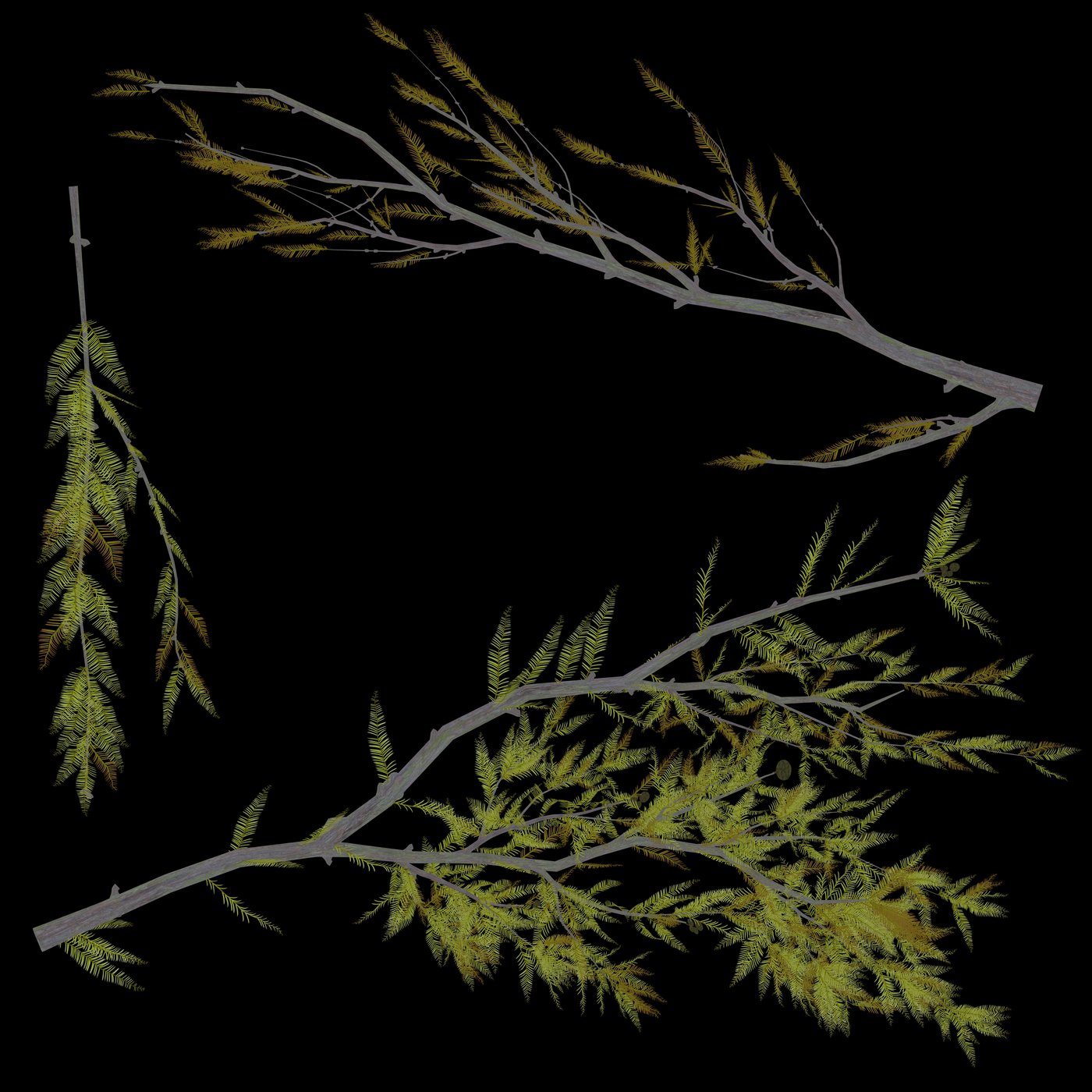
Sunken Temple
The creation process of my mentorship demo reel at the Think Tank Traning Centre "Sunken Temple", based on the concept by Josh Norman.
Hello everyone!
Here is my mentorship project completed during my time last year at Think Tank Training Centre! This project took me around 7 months to complete and I am responsible for this scene from the beginning to the end.
Concept
The scene is based on the concept by Josh Norman. I really love the painterly of his concept and was super excited about how much I can do to bring this work into a real-time environment.
Final Renders
I had the opportunity to do both daytime and nighttime lighting for my scene with the guidance of my friend Tanay Parab, an experienced lighting artist. Throughout the process, I gained valuable knowledge and learned new techniques for achieving realistic lighting in Unreal.
Progress
Foliage
Foliage plays a significant role in my scene, and I started my foliage-making journey with a small fern. This allowed me to gain a comprehensive understanding of the process. I started with reference gathering, to help myself understand the foilage entirely, I gathered and studied both real-life photos and CG foliage made by other artists. To begin making the fern, I modelled a couple of versions of the single frond and used them to make larger fern fronds in Speedtree that eventually formed the final atlas. I textured the atlas using Substance Designer and then reassembled the final fern using SpeedTree again.
This entire process helped me familiarize the pipeline before starting to make the main Cypress tree and the rest of the foliage in my scene.
To optimize performance, I divided the tree into smaller parts, which allowed me to fill gaps without having to place additional trees.
Additionally, to add more variety and reduce repetitiveness when placing the foliage in the world, I incorporated the world position into the shader. This enabled the foliage to have colour variations in different locations.
Props and Textures
I used edge decals for all damages on the architecture parts and used Zbrush for all other details. The hero prop, the boat, was created to explore the process of using nanite workflow and push the detail to its maximum capacity. I first model the boat with basic details within Maya and then used Zbrush to sculpt all the little details. Rizom UV was a great tool for UVing nanite props, and I then textured using Substance Painter.
Substance Designer was used to create all the tillable and trim textures.
I enjoy exploring and incorporating various references into my Puref Board when making buildings and props. This approach enables me to have a comprehensive understanding of what I am creating, resulting in a well-rounded outcome.
Edge decals control in shader on architecture parts
Texture adjustment in Engine using shader
Thank you for viewing!
Special Thanks to Tomer Meltser, Robert McCall and Tanay Parab for helping me along the way and providing me with many helpful tips and tricks in production!
Thanks to all my classmates at Think Tank who helped me and worked hard with me during our mentorship time together!
Finally, Thanks to all the Think Tank staff and instructors who supported and guided me throughout my journey thus far!








































Comments (5)